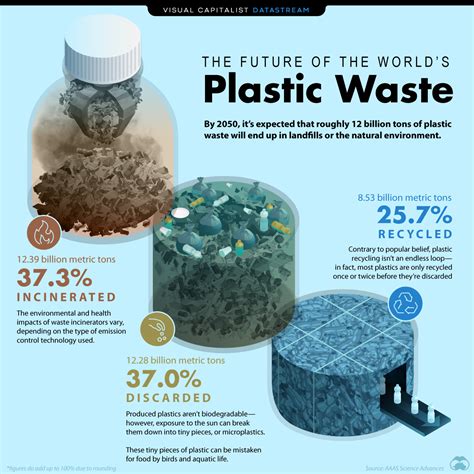Introduction

Pet ownership brings immense joy to many households, but the environmental consequences of pet waste are often overlooked. In 2025, with an estimated 90 million dogs and 74 million cats in the United States alone, the impact of pet waste on our environment is becoming increasingly critical. This article will explore five key ways pet waste affects our planet and offer solutions to mitigate its harmful effects.
1. Pet Waste Contributes to Water Pollution
Current Status: Pet waste contains harmful bacteria, viruses, and parasites that can contaminate water sources. When these contaminants enter waterways through stormwater runoff or improper disposal, they can cause serious health risks to humans and wildlife. According to the EPA, pet waste is a major contributor to water pollution, with an estimated 15 billion pounds of excrement produced by American pets each year.
What We Can Do: Responsible pet owners can prevent water pollution from pet waste by:
- Regularly collecting and disposing of pet waste properly
- Using biodegradable waste bags
- Avoiding flushing pet waste down the toilet
- Advocating for dog parks with proper waste disposal facilities
2. Pet Waste Releases Greenhouse Gases
Current Status: The decomposition of pet waste produces methane and other greenhouse gases, contributing to climate change. According to the University of California Cooperative Extension, a single dog can produce up to 150 pounds of methane per year, which is equivalent to the annual emissions of a small car.
What We Can Do: To mitigate pet waste’s contribution to greenhouse gases:
- Compost pet waste and use it as fertilizer
- Use anaerobic digesters to convert pet waste into biogas
- Promote pet adoption and responsible pet ownership to reduce the overall number of pets
3. Pet Waste Affects Soil Health
Current Status: Pet waste can accumulate harmful chemicals in the soil, such as nitrogen and phosphorus. Excessive nitrogen levels can lead to algal blooms, while high phosphorus levels can contribute to eutrophication, damaging aquatic ecosystems. Additionally, pet waste can alter soil pH and create nutrient imbalances, affecting plant growth and biodiversity.
What We Can Do: To protect soil health from pet waste:
- Use pet waste as fertilizer in moderation and avoid over-application
- Encourage pets to defecate in designated areas
- Implement regulations and educational campaigns to raise awareness about pet waste management
4. Pet Waste Attracts Pests and Parasites
Current Status: Pet waste provides an ideal breeding ground for pests and parasites, such as flies, fleas, ticks, and rodents. These pests can spread diseases and create nuisance problems for humans and companion animals.
What We Can Do: To minimize pet waste-related pest and parasite issues:
- Collect and dispose of pet waste promptly
- Keep pets on a regular schedule of deworming and flea and tick prevention
- Seek veterinary guidance if infestations occur
5. Pet Waste as a Resource
Current Status: While pet waste has long been considered a disposal challenge, it also represents a valuable resource. Pet waste contains nutrients that can be utilized for agricultural purposes, energy production, and waste management.
What We Can Do: To harness the potential of pet waste as a resource:
- Promote composting and anaerobic digestion as environmentally sustainable waste management techniques
- Investigate the use of pet waste as a source of renewable energy
- Develop innovative technologies for waste collection and processing
Conclusion
Pet waste poses significant environmental challenges, but by understanding its impacts and taking responsible actions, we can mitigate its harmful effects and harness its potential benefits. Responsible pet ownership, proper waste disposal, and innovative waste management solutions are crucial for safeguarding our environment and ensuring a healthy future for both humans and pets.





















